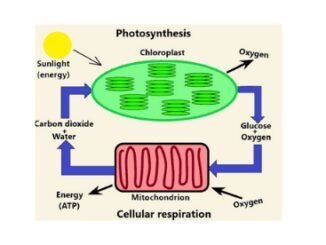
Photosynthesis vs cellular respiration
Introduction Earth is the only planet so far known where life exists. Life on Earth is in the form of plants, animals, and microorganisms. All […]

Introduction Earth is the only planet so far known where life exists. Life on Earth is in the form of plants, animals, and microorganisms. All […]
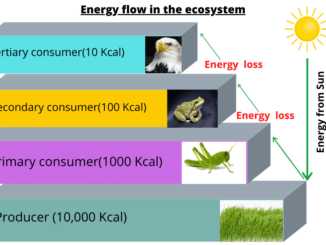
Introduction The sun is the major source of energy. Energy provides the ability to work. The use of energy in any biological process is inevitable. […]
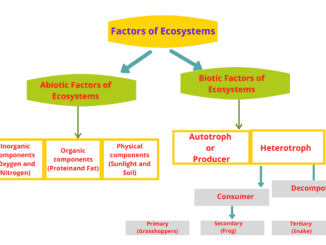
Introduction Our environment is made up of many living and non-living factors like animals, plants, soil, climate, and temperature. These factors are also known as […]

Introduction The pitcher plant belongs to the genus Nepenthes. This plant is carnivorous in nature as it attracts and traps invertebrate prey using nectar-secreting pitchers. […]
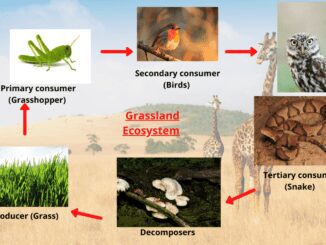
Introduction There are different types of ecosystems depending on the temperature and other abiotic factors. Every ecosystem has different types of organisms based on abiotic […]
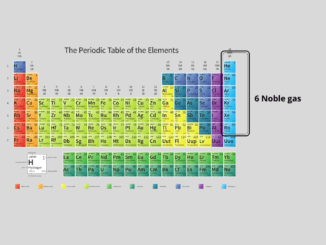
Introduction There are currently 118 elements in nature. These elements are arranged according to their atomic mass by Russian scientist Mendeleev and German scientist Lothar […]
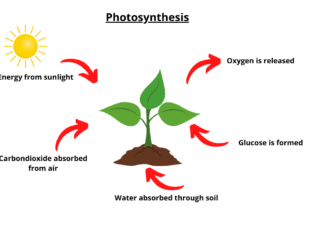
Concept of photosynthesis Photosynthesis is a physiological process of plants. In 1898, scientist Barnes first used the term photosynthesis. Photosynthesis comes from two Greek words […]

Introduction In the first phase of creation, the earth cools from the gaseous state and becomes hard. Although the earth’s interior is fluid and viscous, […]
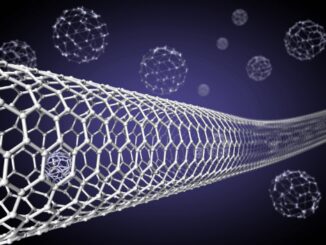
Introduction Carbon is the main component of the animal and plant world. It is the fourth most abundant element. Carbon is a nonmetal that is […]

Corrosion definition Corrosion is a significant term in chemistry. The matter is divided into three groups based on their physical and chemical properties. These are […]
Copyright © 2025 | WordPress Theme by MH Themes